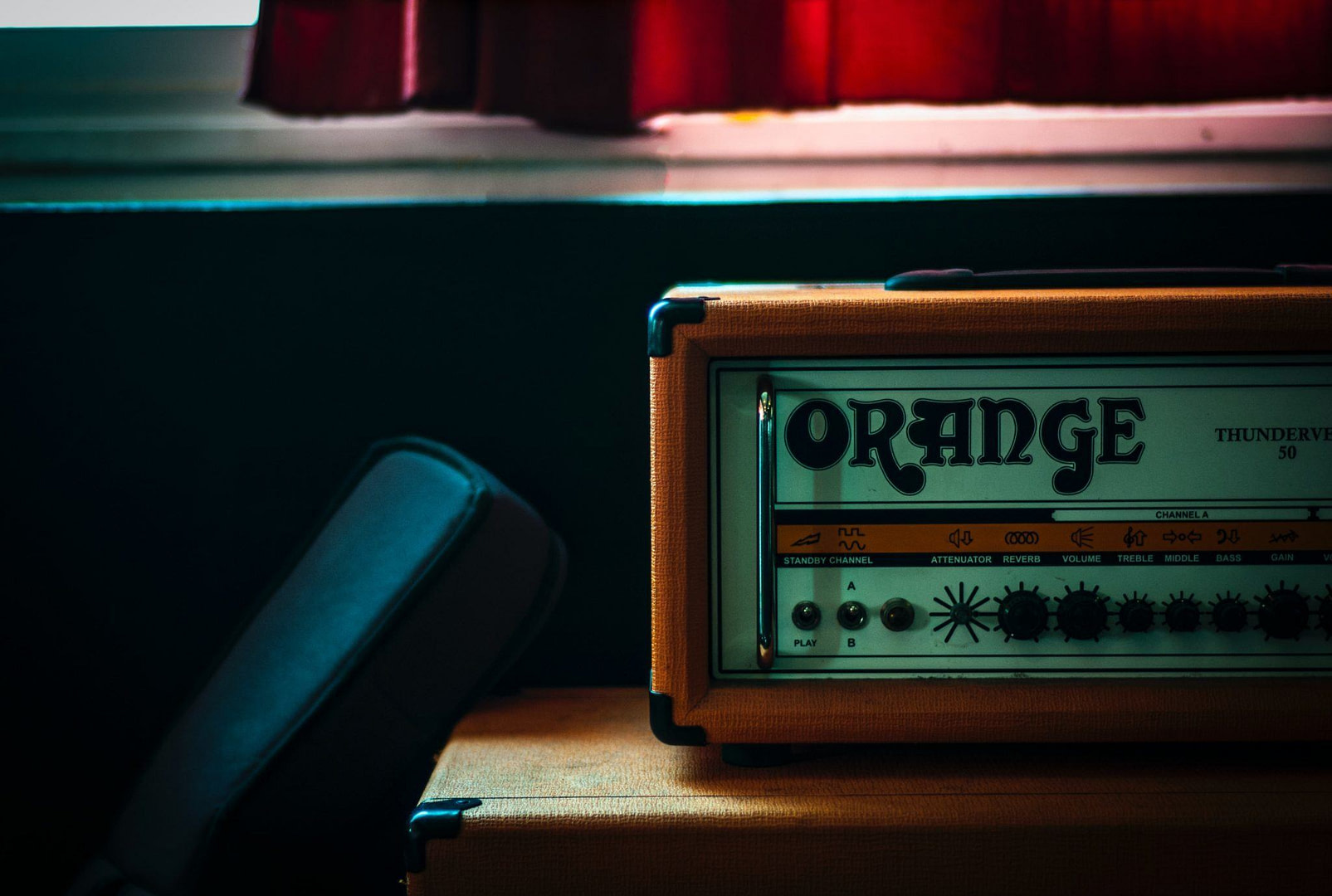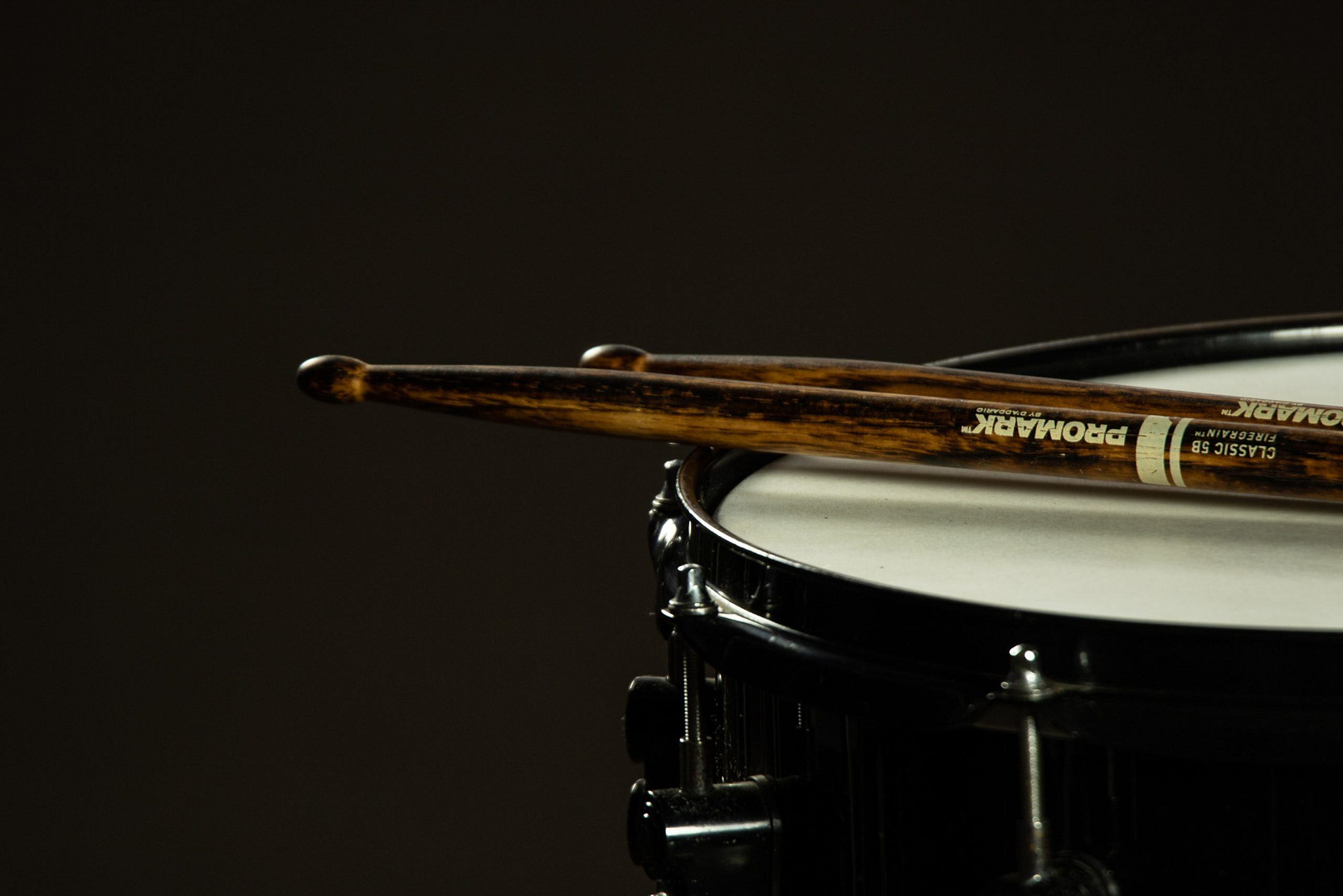Daily Blog - July 9th 2021
Using guitar amps on bass can give you the clarity, grit and attack to make your bass cut through the mix and at the same time blend really well. with your guitars. Here's how I use them in my mixes.

More...
Two ways to split the bass track
You can of course just plug a bass into a guitar amp and see how it sounds. Sometimes this can work. However, in most cases you'll want more low end and you'll want the low end to be consistent. So, the key to making guitar amps work on bass is splitting the bass track!
That can be done by using a physical instrument splitter box that let's you play two amps at once or by splitting the DI signal in your DAW.
Using a physical splitter
- Just plug the bass in and send one output to your bass amp (or DI box) and the other to a guitar amp.
- Make sure to get all the low end you need out of the amp or DI. The key to a big low end is keeping it clean. So don't drive the bass amp too hard and don't saturate the DI.
- Then get rid of the low end on the guitar amp (it can get muddy and boxy quickly, especially when you combine it with the bass amp) and only use it to add the midrange grit and top end pick attack you need. You can use everything from a clean channel or crunchy overdrive to brutal metal distortion. Whatever your genre and taste demand.
- Be careful with the phase and make sure to hit the polarity switch on your splitter if it has one to see which position works better. You'll also have to fine tune your mic positions or cab simulation and maybe even manually align the WAV files in the DAW. But it can definitely be worth it!
Splitting the DI in your DAW
- Record a clean DI
- Duplicate the DI track in your DAW
- Put a low cut (high pass) filter at around 300 Hz on on of the tracks (the frequency is just a starting point. It depends on your tuning, key of the song, etc. and you have to find out what works for your song)
- Put a high cut (low pass) filter at the exact same frequency, with the exact same slope on the other track
- Compress the low end track with a clean compressor to make it consistent and even (Do not distort it!)
- Put the guitar amp (reamping) or amp sim plugin on the mid/high track and tweak it to taste. Again, everything from a clean channel or crunchy overdrive to brutal metal distortion can work. Whatever your genre and taste demand.
- Be careful with the phase and make sure to hit the polarity switch on one of your two tracks to see which position works better. You can also try using a linear phase EQ for your low pass and high pass filters. And again, you'll have to fine tune your mic positions or cab simulation and maybe even manually align the WAV files in the DAW. But it can definitely be worth it!
All of the above can be done with other tools, distortion plugins, bass pedals, bass amps, etc., of course. I know.
But I've found that guitar amps and cabs often do something special and add an extra level of clarity, character and detail that I just like and that blends really well with guitars. It adds "teeth" to the guitars in your mix.
Try it and let me know how it works for you!
-Benedikt
PS: If you're looking for an amazing community to get feedback from and provide your own expertise for, check out The Self-Recording Band Community. It's 100% free and can be the growth accelerator you've been missing all the time.
PPS: Downloading one of our free guides and joining our email list is also a great way to connect with your peers, as we will invite you to events and keep you in the loop about what's going on in our community. We just had an amazing video meetup last weekend and together we helped 5 people improve their recordings, arrangements and mixes by listening and giving collective feedback live on the call. Join us now!
learn how to transform your DIY recordings from basement demos to Releases That Connect And Resonate With Your Audience
Get the free Ultimate 10-Step guide To Successful DIY-Recording


